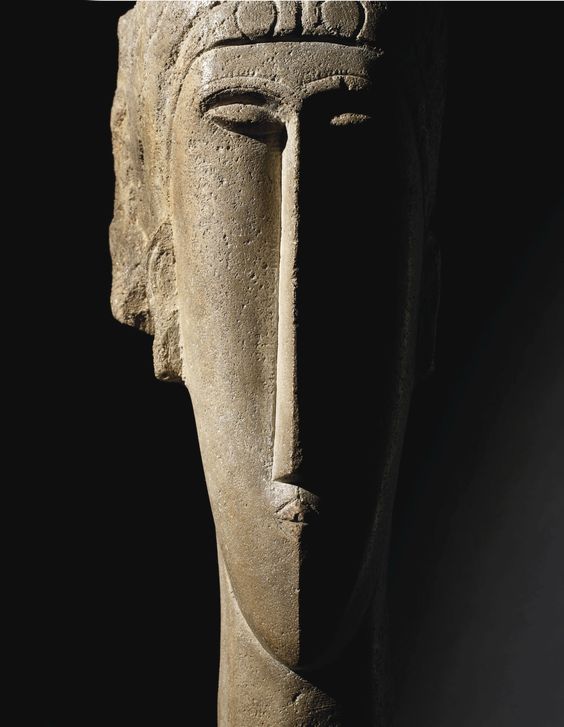Four (very) short stories of ‘Aha!’ moments—when the central importance of gender issues really hit home
- From
-
Published on
06.03.20
- Impact Area

All images here are of a sculpture, ‘Tete’, by Amedeo Modigliani (this picture credit: Christie’s Images via Bloomberg).
When was it made crystal clear to you how important gender issues are to agricultural development?
That’s the question asked of staff belonging to CGIAR—a global research partnership working for a food-secure future and dedicated to reducing poverty, enhancing food and nutrition security and improving natural resources.
The International Livestock Research Institute (ILRI) is one of 15 CGIAR centres located around the world, most of them in developing countries, that are working to improve food crops, livestock, fish and water and other natural resources and related policies in developing countries. ILRI is the only CGIAR centre focusing on sustainable, pro-poor livestock development.
In January of this year, ILRI took on the role of coordinating a new CGIAR-wide platform called ‘GENDER’, which stands for ‘Generating Evidence and New Directions for Equitable Results’.
A world in which gender equality
drives a transformation towards
equitable, sustainable, productive
and climate-resilient food systems—CGIAR GENDER Platform vision
January 2020



Below, in answer to the request for news of people’s ‘aha’ moments regarding their understanding of the central importance of gender in agricultural development, are four such stories from ILRI staff.

Years ago I worked in West Africa as an agronomist. One day I travelled with another woman, a social scientist, to a community in Nigeria to discuss animal feeding regimes. We were told that we could not talk to the women alone, so we spoke mostly with the men.
When my colleague and I returned for a follow-up visit,
the women in that community called out to us, explaining,
‘We’re the ones raising the goats!’
They wanted to know what they could do to improve their goat feeding. So we started discussions with them. Over time, these women improved both their crop and their livestock production, much to the men’s delight. Forming groups and working cooperatively, the women were soon buying sewing machines and pasta making machines with their surplus cash.
It struck me then, as it strikes me now,
that women livestock researchers and producers
together can make magic happen.
—Shirley Tarawali
ILRI assistant director general



Related news
-

New Genomic Discovery from ICRISAT Could Save Farmers Millions by Preventing Groundnut Sprouting Before Harvest
International Crops Research Institute for the Semi-Arid Tropics (ICRISAT)02.12.25-
Food security
-
Poverty reduction, livelihoods & jobs
Breakthrough study identifies varieties and key genes to halt sprouting before harvest in groundnut …
Read more -
-

Reinventing Kenya’s Snack Future with Dryland Grains
International Crops Research Institute for the Semi-Arid Tropics (ICRISAT)21.11.25-
Nutrition
-
Poverty reduction, livelihoods & jobs
Faces of Impact - Video Feature Story On a quiet backstreet in Mihango, Kenya, the…
Read more -
-

ICRISAT’s Solar-Powered Water Hyacinth Harvester Recognized Among India’s Top 100 Innovations of 2025
International Crops Research Institute for the Semi-Arid Tropics (ICRISAT)18.11.25-
Environmental health
-
Poverty reduction, livelihoods & jobs
ICRISAT's Novel Solar-Powered Water Hyacinth Harvester has now earned a place in the prestigious To…
Read more -
